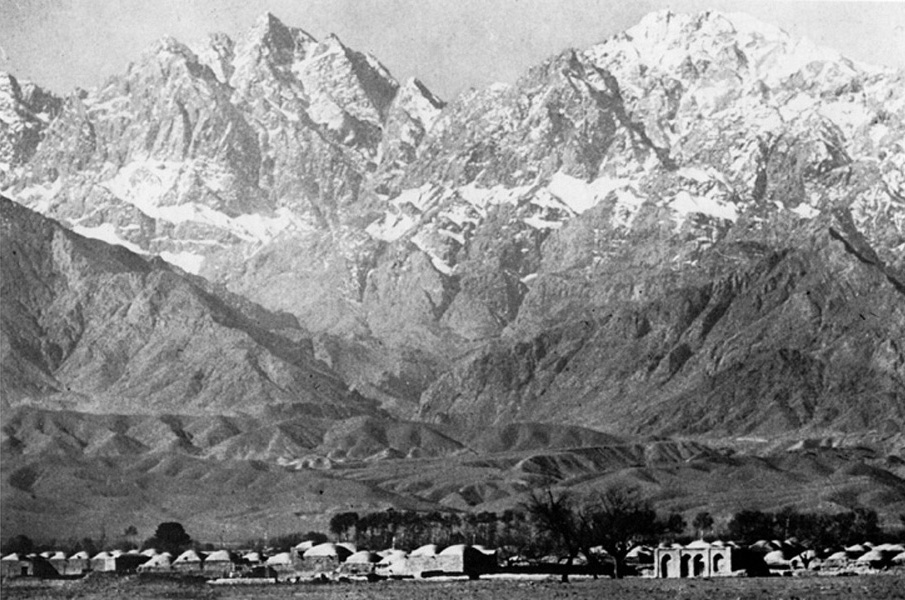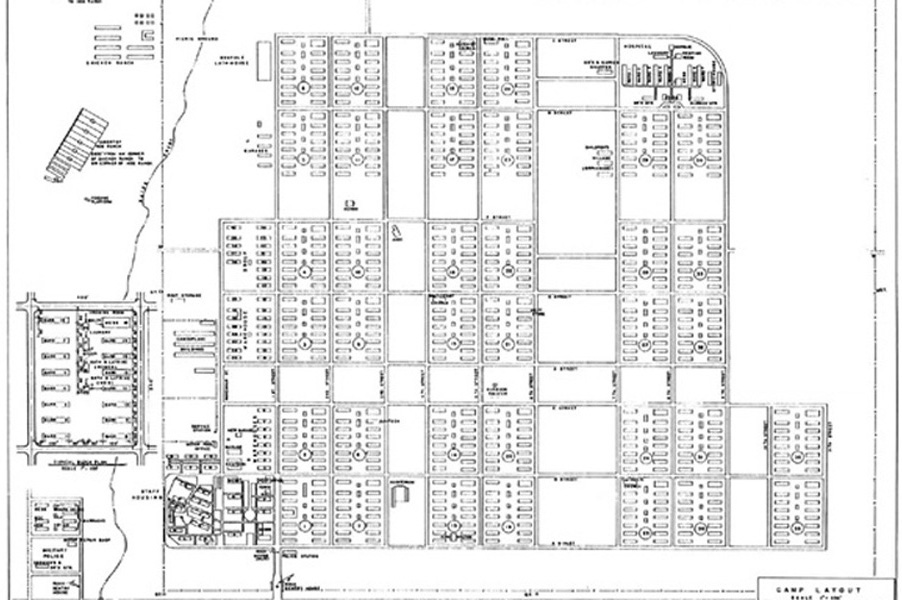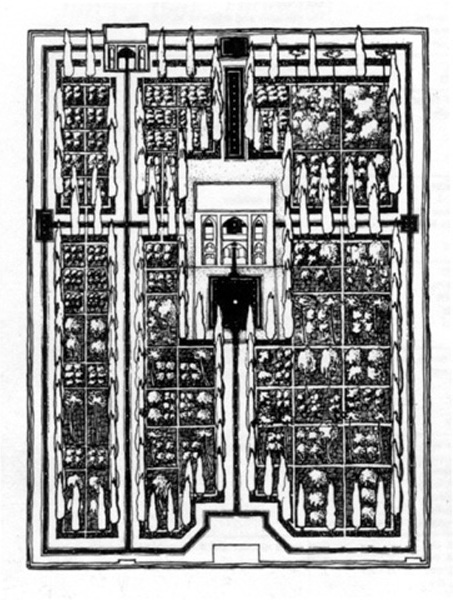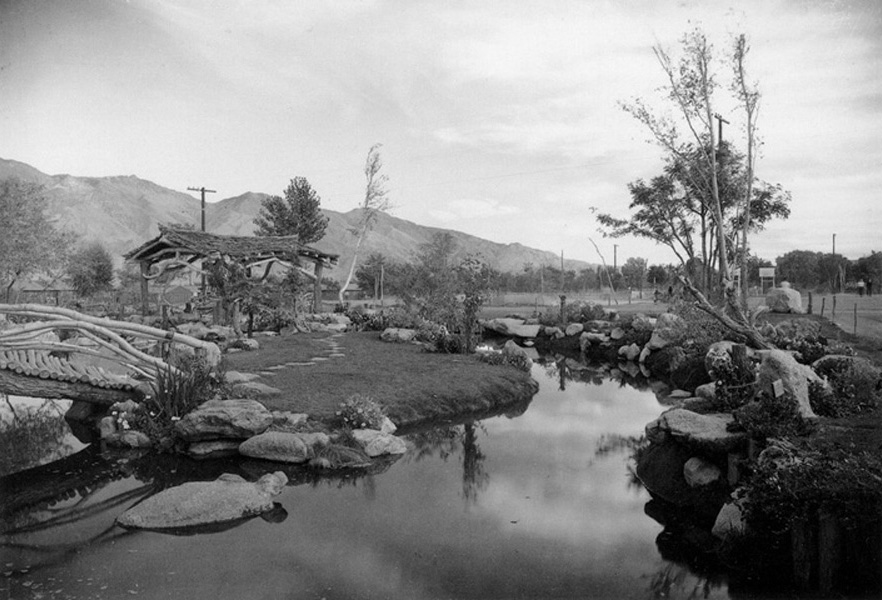| Main Page Sponsors Implementation Exhibits Demos/Images Poetry Credits Articles Web Links |
Beyond Manzanar |
|
|
History and Description: |
History and project originsManzanar was the first of over 10 incarceration camps erected to imprison Japanese Americans during World War II. The US military, suppressing its own findings that Japanese Americans were loyal to the US, claimed "military necessity" to incarcerate all people of Japanese ancestry living on the West Coast, over 120,000 men, women and children. For these people, the majority of whom were native-born Americans citizens and at that time school-aged children, the camp was a total negation of the American promise of "liberty and justice for all." (References)
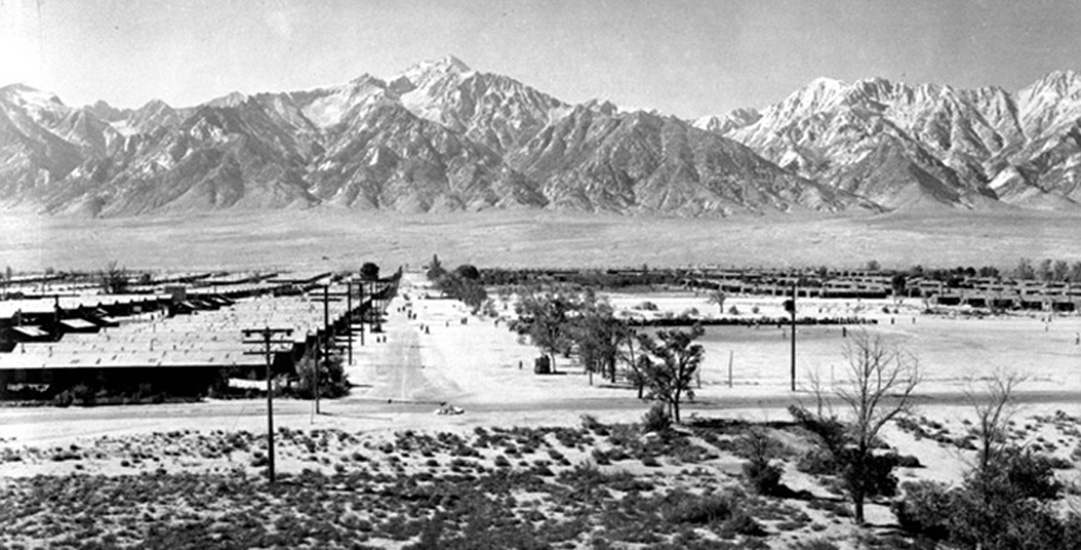 Manzanar Incarceration Camp, 1943, Ansel Adams / U.S. Library of Congress
In the 1980s the American courts declared this incarceration to have been "not justified," but the principle of mass incarceration of an entire ethnic group on the grounds of military necessity still stands. During the Iranian hostage crisis in 1979 -1980 and with every subsequent fear of middle-eastern terrorism there are verbal, physical and legal attacks on Iranian Americans and calls to incarcerate them "like we interned the Japanese."
Ironically, Manzanar's high desert oasis strongly resembles the austere landscapes of Iran:
Even the grid-like traces of the army camp ...
... evoke the geometric order of Iranian gardens, representations of the cosmic order of paradise.
Irony indeed, because the incarcerated Japanese Americans did in fact build
Beyond Manzanar uses the unique spacial characteristics of navigable 3D virtual reality to kinesthetically locate you inside the Manzanar Incarceration Camp. As you explore the camp your kinesthetic sense is engaged to underscore the emotional impact of confinement. Your eyes see the passes that lead out of the valley, but you stand at the fence and can go no further. Confined within the camp, you have nowhere to go but inwards, into the refuge of memory and fantasy. At the heart of the piece lies a vision of the garden as an ancient form of virtual reality, an image of paradise created as a refuge from the outside world. --o000o-- Please also see Zara's description of her seminal experience that generated our project: "Never to repeat. |
